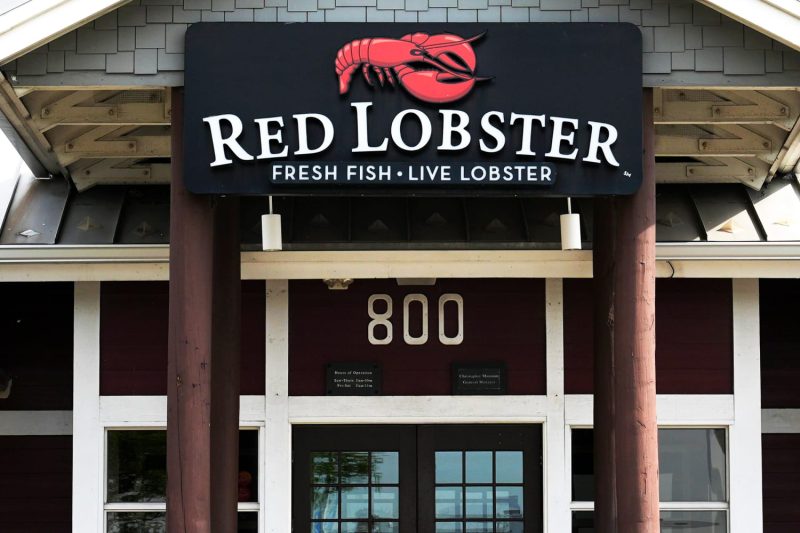
Riding the High Tide: The Inside Story of Red Lobster’s Clash with Private Equity’s Monstrous Wave!
Body:
Red Lobster, the ubiquitous seafood chain, once thrived under the Darden Restaurants umbrella, its market success fueled in large part by its popular Endless Shrimp promotion. However, as the saying goes, every ship must confront stormy seas at some point, and for Red Lobster, this turned out to be a KKR and Golden Gate Capital buyout. While those seasonal unlimited shrimp platters are still there to draw in customers, they’re no longer enough to keep this ageing ship off the rocks.
The decline of Red Lobster started in 2014 when private equity firms, KKR and Golden Gate Capital teamed up to buy the restaurant chain for $2.1 billion. The buyout was designed to help Darden Restaurants unload a declining asset while providing a turnaround opportunity for the investors.
However, the private ownership had some unforeseen effects on the business operations. The most obvious impact was on the menu. The new management decided to cut down on Red Lobster’s seafood offerings, reducing its lobster menu by 30%. This was a strategic decision aimed at maintaining profitability by controlling the volatile market prices of seafood.
Operational changes were made too. The new management cut costs vigorously, including laying off a substantial number of employees. The business model also shifted to franchising, a move to decrease operational risks and costs. Red Lobster executives spun off real estate and sold assets to pay off debts.
Yet, these changes came with significant drawbacks. The shift away from seafood staples towards pricier items frustrated loyal patrons who had come to rely on Red Lobster for their seafood fixes. The shrimp-loving clientele perceived the shrinking lobster offerings as dipping quality, and staff reductions led to subpar customer service.
Sadly, decreases in customer footfall followed the disappointment of the faithful masses in Red Lobster’s shifting menu and declining customer service. External market factors also played a part in the chain restaurant’s misfortunes. Red Lobster, with its emphasis on dining experiences, was hit hard by the growth of delivery-oriented fast-food chains and the restaurant delivery trend.
The worst blow came during the COVID-19 pandemic when lockdowns affected restaurant operations all around the world. Red Lobster, already on shaky ground, found itself struggling to keep afloat amidst the restricted dining-out activities. Although the chain managed to pivot towards take-out and delivery, it still faced a large drop in revenue, as these options couldn’t replace the dine-in experience Red Lobster was
